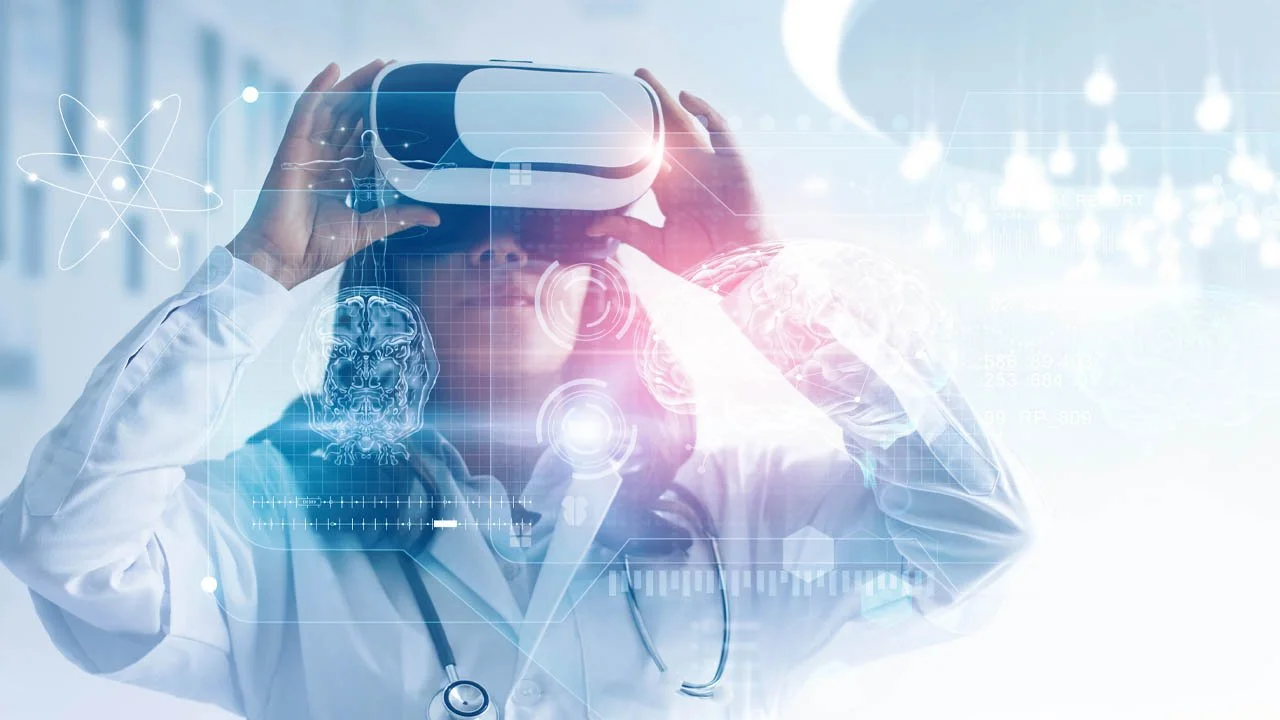As an example, a report on Virtual Reality in Spain has revealed that this technology is transforming medical care in the country. 12% of Virtual Reality projects in Spain are developed for the healthcare sector, demonstrating the potential of this tool to improve the quality of life of patients.
The third of the immersive technologies, known as Mixed Reality, is also opening up new possibilities in medicine, and its most developed applications at present are remote participation in surgical operations and the visualization of 3D images in ultrasound scans.
And in this blog we have compiled the most interesting technological innovations in the healthcare sector to give you a global perspective and the possibilities they can offer us in the future. Read on and discover them!
.webp)
New medical techniques with Virtual Reality
Virtual Reality (VR) is revolutionizing the field of medicine and healthcare by offering a variety of promising applications. Its ability to create immersive environments and interactive simulations has opened up new opportunities in medical diagnosis, treatment and training. Here's a look at the innovative Virtual Reality solutions that are transforming the way we address medical challenges and improving the quality of healthcare.
Therapy and treatment of phobias with Virtual Reality
27% of patients suffering from specific phobias and anxiety reject live exposure as too intense, while only 3% reject VR exposure.

Use of Virtual Reality in the rehabilitation process
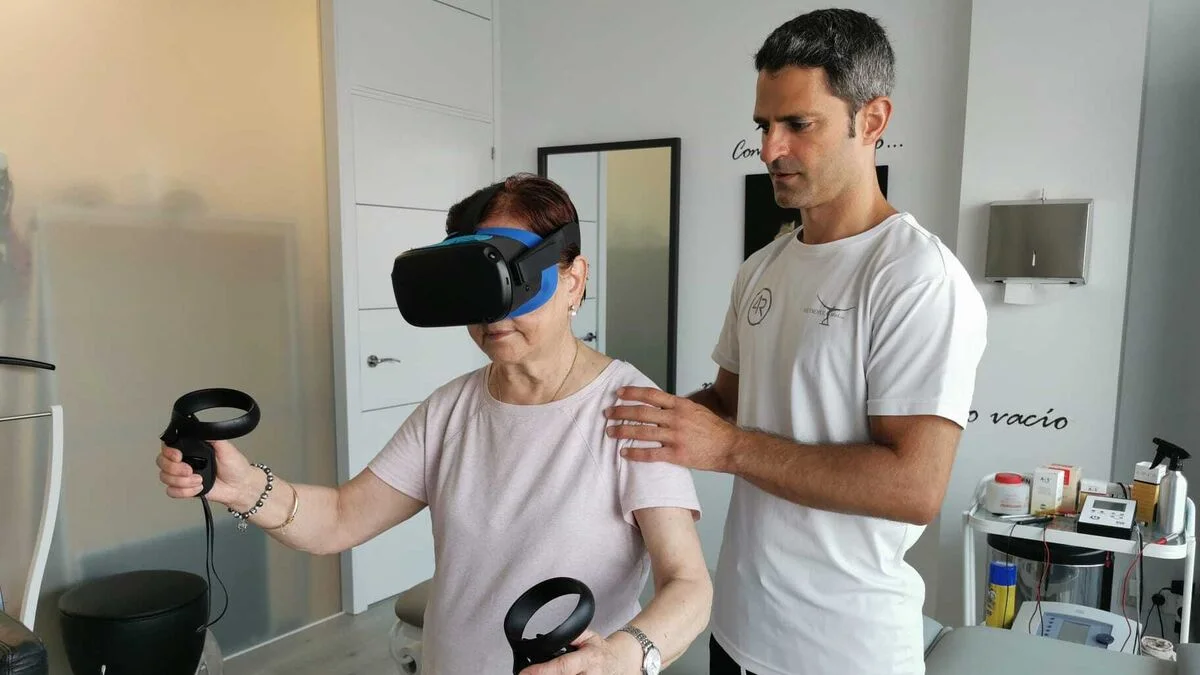
Training of medical professionals with Virtual Reality
Virtual Reality is undoubtedly a very interesting tool to enhance learning processes and the acquisition of new skills through the virtual simulation of realistic situations in which to practice without putting the health of patients at risk.
In this context, we developed this Virtual Reality project for 4Doctors with the aim of providing new and more immersive training possibilities for healthcare professionals.
In this way, through VR experiences, users of the 4Doctors training platform could access immersive clinical cases in which to practice and train medical processes and operations in a safe virtual environment.
Medicine is constantly evolving and Virtual Reality is an innovative tool that drives 4Doctors' online training, positioning them as leaders in the sector.
Augmented and Mixed Reality applications in medicine
Augmented Reality to facilitate mobility in hospitals
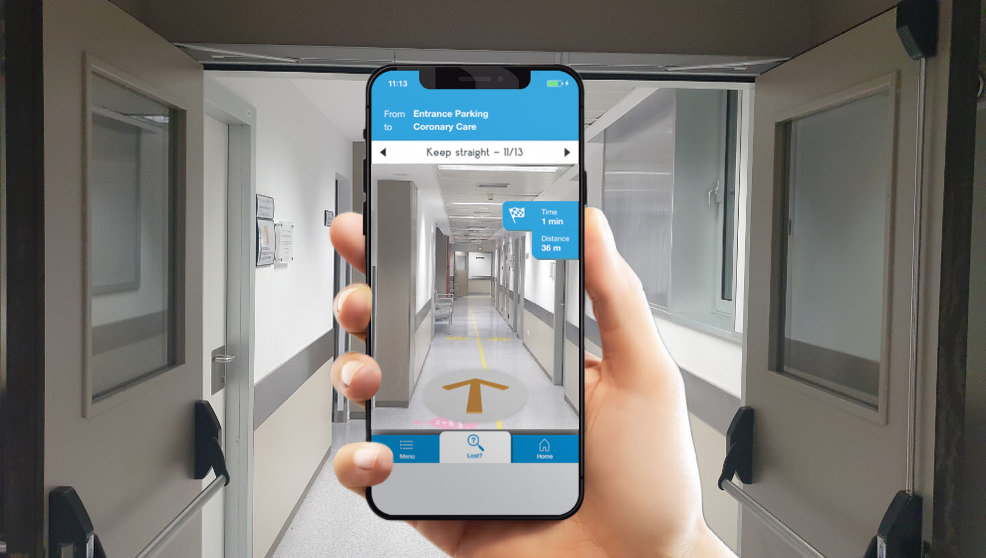
Virtual medical instructions in Augmented Reality
By focusing the Smartphone camera on an object, Augmented Reality allows to know the information and instructions for use, without the need for a physical manual on paper. It could also be useful when creating virtual leaflets, providing data on dosage instructions, side effects and contraindications in an interactive and easy-to-understand way.
In this way, professionals can obtain instructions on the use of medical instruments and patients can access accurate and understandable information on their medications. In both cases, it is a solution that contributes to more informed decision-making and safer use.
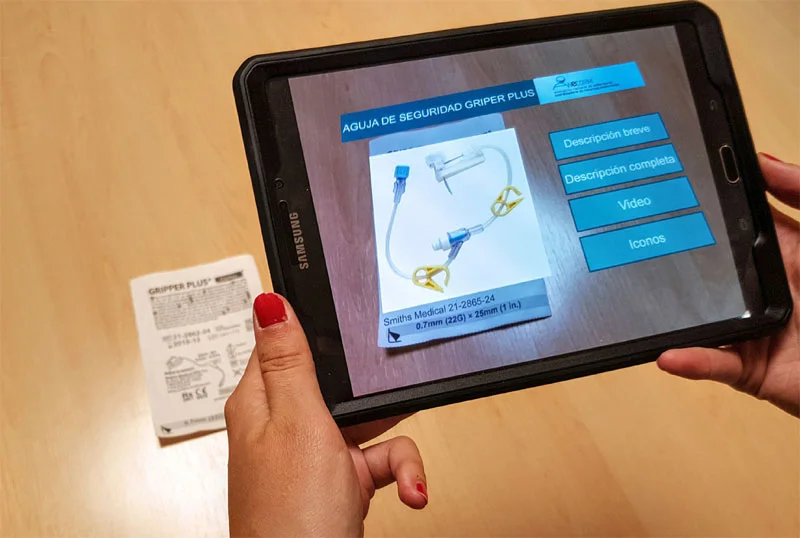
Remote operations in Mixed Reality
Through the use of Mixed Reality devices, surgeons can receive real-time visual information while performing remote procedures. This technology allows the superimposition of medical images, surgical guides and vital data directly in the surgeon's field of vision, improving accuracy and decision making.
In addition, Mixed Reality facilitates real-time communication with other healthcare professionals, enabling collaboration and knowledge sharing during surgery. These innovative applications of Mixed Reality are paving the way for more precise and safer surgery, even in remote environments, and opening up new possibilities in healthcare globally.
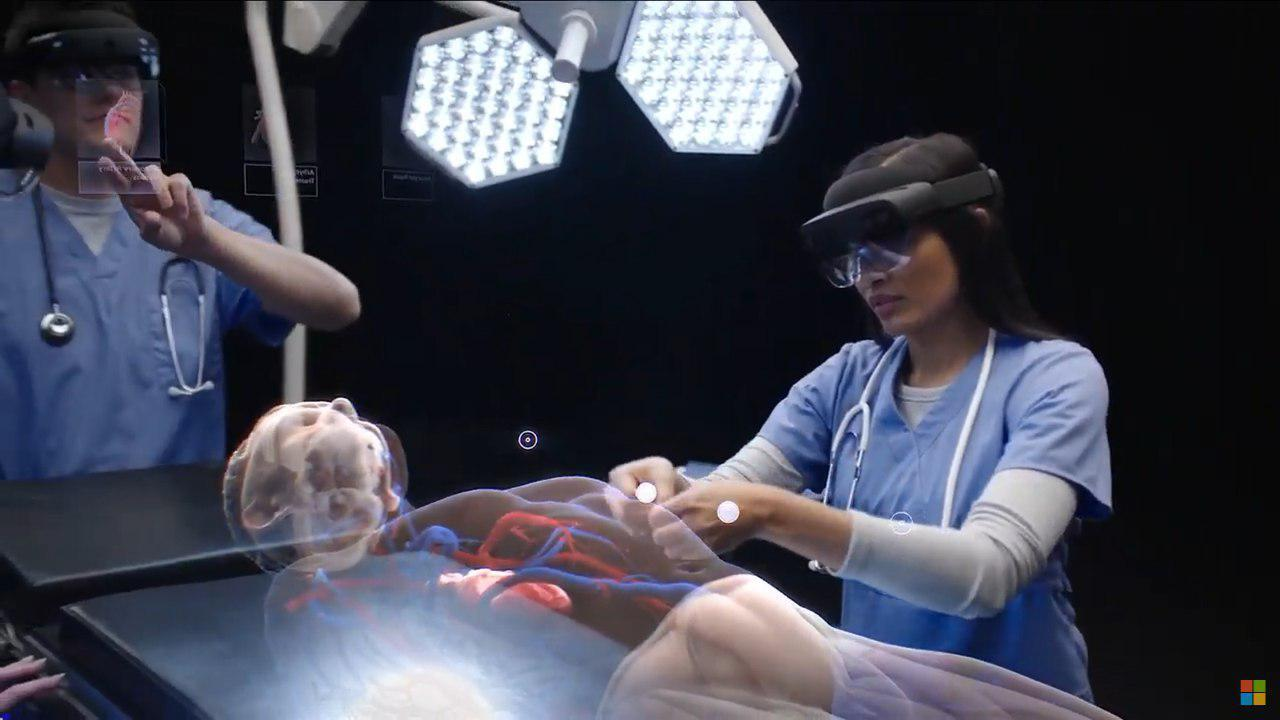
New Immersive Medical Tests Using Mixed Reality
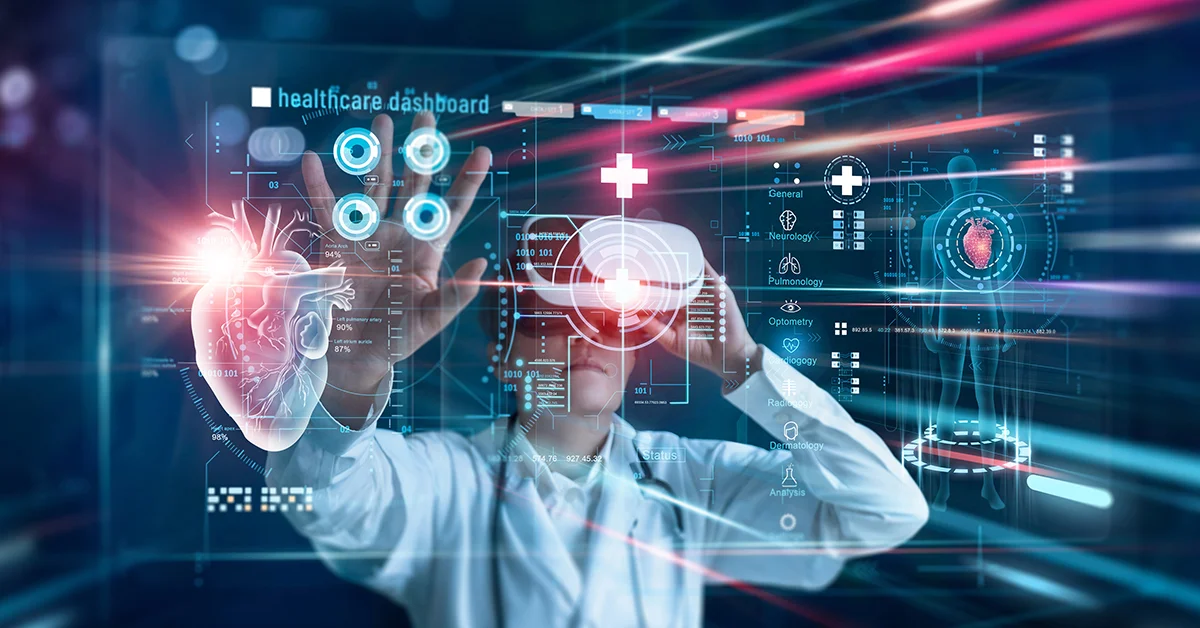
Benefits of using Extended Reality in Healthcare
-
Improved medical training and education, allowing practice and virtual simulations of clinical cases.
-
Guided surgeries, improving the precision and safety of surgical procedures.
-
Reduced risks and costs by allowing practice and training prior to real medical procedures..
-
Improved communication and collaboration between professionals, allowing remote consultation and participation.
-
Support in rehabilitation and physical therapy, through the use of immersive experiences to improve patient motivation.
-
Promoting health and disease prevention by offering interactive and educational experiences on healthy habits.
-
Increased accessibility to medical care by enabling telemedicine and virtual consultation.
-
Boosting medical research by providing virtual environments for experimentation with new techniques and treatmen
These advantages demonstrate the transformative impact of extended reality technologies in the medical sector, improving care, training and experience for both healthcare professionals and patients.

As you have been able to see, virtual medicine is making its way as a new way to offer an improvement to the health of your patients.
For this reason, if you want to take advantage of the benefits of this new technological wave, introducing in your company technologies such as Virtual Reality or Augmented Reality, but you do not know where to start, we recommend you to rely on professionals.
At DeuSens we would love to know your idea and help you make it a reality, accompanying you in all phases of the project; from conception and conceptualization to the final launch.
SIMILAR CONTENT












 RETURN
RETURN
